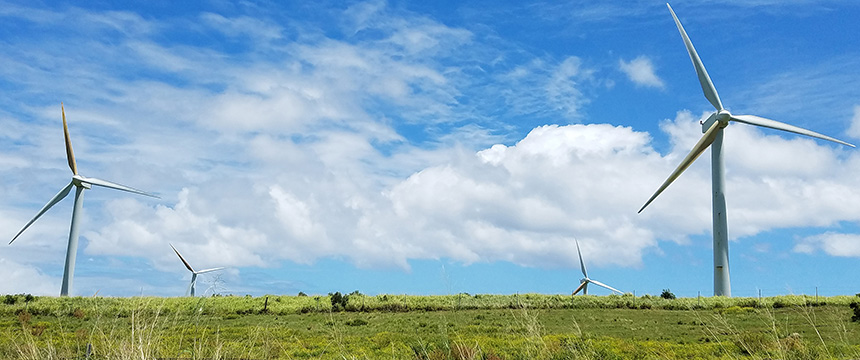
The desire to get in on the ground floor of offshore wind development in the U.S is at an all-time high. Following the announcement by President Biden of a goal of producing 30 gigawatts of offshore wind energy by 2030 and a tax incentive credit for offshore wind energy farms that begin construction by 2025, the demand for government leases of offshore space to develop wind energy has now skyrocketed and has created an emerging new green-energy sector. As a result of the announcement, the bids at auctions of such leases has exponentially increased reflecting a rush of new investments by wind developers, many of whom are European.
In February 2022, the Bureau of Ocean Energy Management held an auction for leases in the New York Bight for the development of offshore wind energy, which ultimately totaled winning bids of $4.37 billion, or nine times the amount paid at the last auction for offshore wind energy leases just a mere four years prior. The highly competitive auction prices have since proven not to be limited to the New York Bight. Demand has since continued into May 2022 when TotalEnergies and Duke Energy prevailed at an auction for 110,091 acres in Carolina Long Bay for a combined lease price of $315 million.
Analysts are in agreement that it does not appear that the demand for government leases for wind energy development in the U.S. will decline anytime soon. While there may be a finite amount of space and leases available for traditional turbines, the development of floating turbines creates an exciting and new opportunity to increase the capacity for development in areas further offshore which were not previously thought to be useful for production. Given the potential for higher winds in areas further off of the coast, the advancement of floating turbines is likely to assist in keeping up with the demand from developers looking to break into this new and developing market.
This sudden increase in demand for offshore wind energy development leases is expected to have not only an economic benefit but an environmental one as well. It is anticipated that the effort to meet offshore wind development goals will create a large amount of jobs, which in turn should continue to incentivize development and drive the price of the leases up, while eliminating many of the environmental concerns associated with offshore drilling.
However, the increase in demand for leases does not come without its share of hurdles and criticism. The increase in cost of the leases to developers is expected to largely be passed on to consumers. As a result, some states may decide to limit the developers ability to do so, which may cause developers to think twice about the long-term profitability of increasing their bids. Some critics also cite certain environmental concerns with offshore wind energy development in that it could disturb the ocean. Nonetheless, competition for the leases and the inflated cost to enter the offshore wind energy market indicate that bidders anticipate strong economics for these projects.
